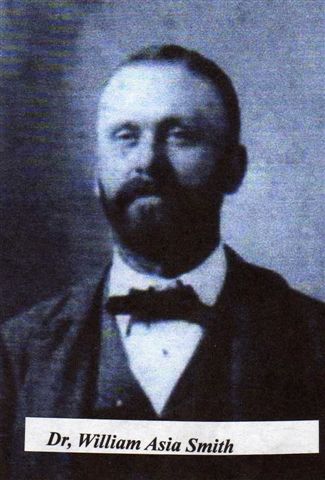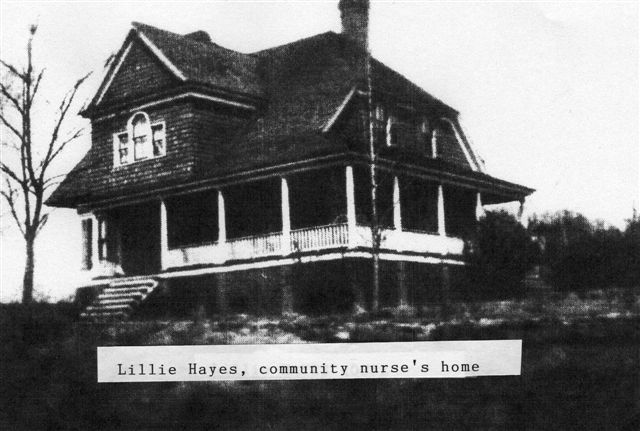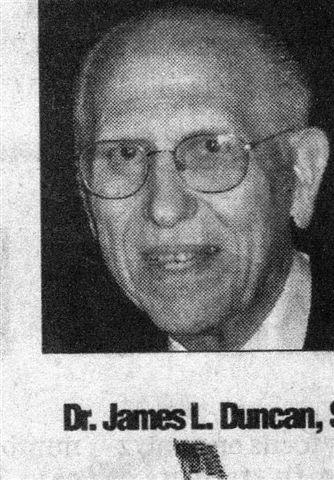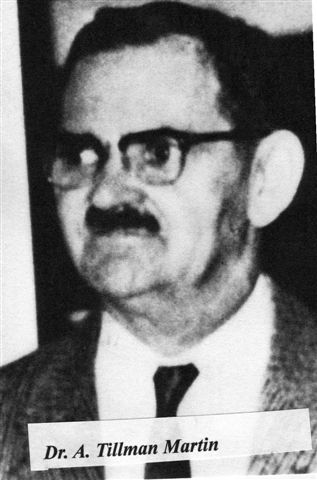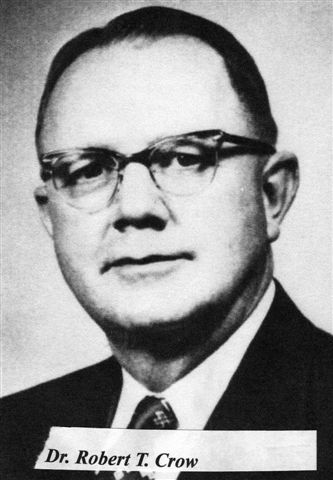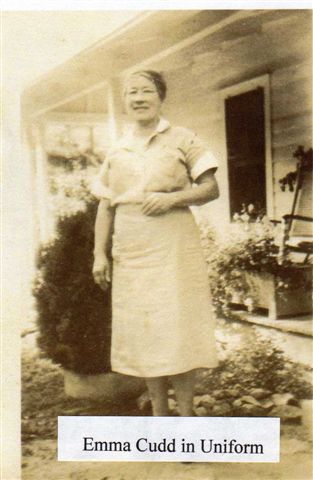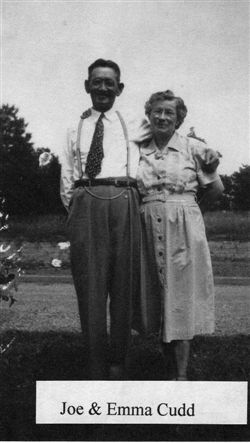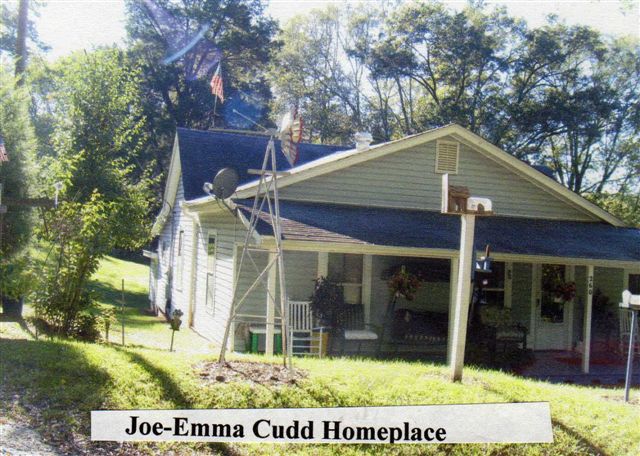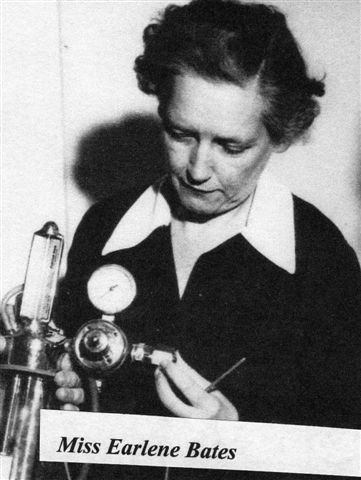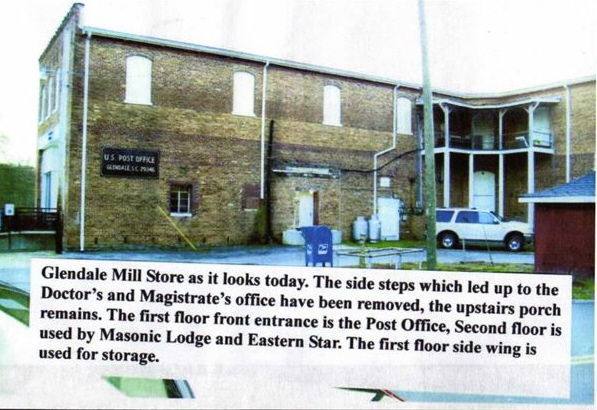Bivingsville/Glendale Medical Providers and Their Facilities
1832-1959
The following story about
Health Care in Glendale was furnished by Rev. Clarence Crocker,
a life long Glendale resident.
The Early Bivingsville PhysiciansThough they were referred to as Company Doctors, I know of no records showing that any Doctor was actually on the payroll of the Company at any time. The company simply recruited them and furnished an office. Basically, they were General Practitioners providing medical attention to the families of the community. They would take care of injured employees, do employee examinations when needed and would bill the Mill Company for the patient’s care.
To my knowledge, no records exist which shows exactly who served as the first Mill /village Physician but logic reasoning tells us that the founder and builder of the Bivingsville Mill and village, Dr. James Bivings, was the most likely one. Records tell us that though he was a partner with two other men in the construction and operation of the Lincolnton Cotton Mill, Lincolnton, N.C. before coming to Bivingsville, he also practiced medicine, enjoying a large practice.
A brief history of the early Spartanburg Region Medicine providers ** which held it’s initial organizational meeting on January 12, 1866 shows that Dr. Bivings was a charter member of the Spartanburg County Medical Society and was listed at that time as a Physician at Crawfordsville (Fairmont) which he founded after leaving Bivingsville. I have little doubt but that he did the same while at Bivingsville. It seems that it was customary for him to operate a business and practice medicine at the same time. Records show that he was very active and highly respected in the Medical Society. He was a very forceful speaker and of great influence in the field of medicine and politics of the Up-country.
Incidentally, of some 100 biographies which I have of Doctors serving in Spartanburg County, many who served in the 1800s and early 1900s had other sources of income other than their medical practice. According to a county map of 1869, only seventeen Doctors were listed as serving the county medical needs at that time. City of Spartanburg Doctors were not listed. Some city doctors treated patients outside the city and some of the seventeen County Doctors treated city patients.
Among those seventeen of the County which included Dr. Bivings at Crawfordsville, were two listed simply as Doctor Walker and Doctor Russell who were shown as living and practicing in the Bivingsville/Glendale area. I have found no other record referring to a Doctor Walker in any way except this one reference simply showing that he was located at Glendale. Numerous references to a Dr W. T. Russell are found in this medical history ** of which I have a copy.
The following records regarding Dr. W.T. Russell makes me feel almost certain that he was the one who was listed as living and practicing medicine in the Bivingsville/Glendale area.
First, He was the only Dr. Russell listed as practicing medicine in the county in 1869.Records show that Dr. Russell was both a Medical Doctor and a Dentist and practiced both in his office until his medical practice became so large that he dropped dentistry. Incidentally, pulling a tooth cost 50 cents back in those days. Indications are that he practiced in Spartanburg as well as Bivingsville. Russell died in 1899 at the age of 72. I have been unable to find a copy of his obituary since the papers of 1899 were lost in a fire.
Second; Dr. James Bivings and Dr W. T. Russell were two of the seven Charter members of the Spartanburg Medical Society. They helped frame and form the first medical “Fee Bill” showing approved charges for medical services. Dr. Russell was secretary. Obviously, they were acquaintances and friends.
Third; Dr. Russell came to South Carolina in 1854 from New York where he was practicing medicine, following the invitation of an acquaintance. Could this acquaintance have been Dr. Bivings?
Fourth, Records show that he had a keen interest in cleaning up the waters of Lawson Fork. For those who might not know, Lawson Fork, running through the Bivingsville/Glendale area was the only source of energy the mill had for the first sixty or so years of it’s existence.
Fifth; He was a friend of Albert H. Twitchell who was bookkeeper at Bivingsville Mill and lived in the mill village at that time. Mr. Twitchell later became President. Mr. Twitchell and Dr. Russell were both organists at the First Presbyterian Church in Spartanburg. Dr. Russell also became Choir Director. He and Mr. Twitchell, were credited with inaugurating the musical heritage of Spartanburg in the 1860s which is still being celebrated as a music festival annually.
All indications are that these three, Dr. Bivings, Dr. Walker and Dr. Russell were the Physicians who served Bivingsville Mill and village for the first fifty years of it’s existence.

